 An ongoing challenge to us all is where to live while at the same time protecting the environment around us for our personal quality of life.
An ongoing challenge to us all is where to live while at the same time protecting the environment around us for our personal quality of life.
Some like to live in a city densely packed into multifamily dwellings called apartment buildings, accepting a small community park either close to or far from their residence. They want to be near the hustle and bustle of a busy city or just close to where they are working.
Others, like a majority of residents of Santa Clarita, would prefer to have a home with a small piece of property where they can grow vegetables, plant flowers and flowering bushes or trees. Having a small yard that can be protected for their children to play in is one of the American dreams.
However, we also recognize the value, esthetically and economically, of having large, green areas around us. This was recognized by the citizens of Santa Clarita and our City Council some years back when a measure was passed supporting a greenbelt around the city. As such, funds are made available out of our tax dollars to purchase both small and large areas of land that become available, that extend and protect the current greenbelt, and that have not yet been developed, so that they will remain natural and never be developed. This allows the original residents of Santa Clarita – the birds and other animals and plants (which don’t pay taxes) – to survive and flourish while enhancing all of our lives and allowing us to “get out into nature” without having to travel thousands of miles.
Others, when property becomes available and if not otherwise protected, are bulldozing and grading the hills for a new housing development or shopping mall. And when these structures go in, they require resources that are also difficult to sustain such as water as in our present crisis.
Although maintaining a greenbelt around Santa Clarita is and will continue to grow in importance, I fear that this might not be sufficient. While we should work on continuing to save our environment, this has been an ongoing battle dating back centuries.
At one time, the resources provided by Mother Nature were looked upon as limitless. Because there was believed to be a never-ending supply of bison, passenger pigeons, dodo birds and the list goes on, they were hunted indiscriminately. Forests and plains were cleared for agriculture and the progression of civilization into these areas. The passenger pigeon and dodo bird still can be seen – but only in encyclopedias and historical texts. There are a few remaining herds of bison with a few animals living in Hart Park, but one no longer can see the vast herds that once populated the Great Plains of the central United States.
I would like to provide a series of quotations and will identify the authors at the end of this article. Without looking ahead, I encourage each reader to try to determine who said or wrote the following, and when:
1. We live in “mourning” that the “so-called hand of improvement” had “rooted out many of the beautiful plants and insects that were once found in this vicinity.” They have “entirely disappeared from their ancient haunts, driven away or exterminated by the changes effected therein.”
2. The economy has “caused the extinction of many vertebrate animals and constantly leads to the extinction of many of species of different classes. … “When hundreds of thousands of acres of primeval forest are annually destroyed, the conditions of life of numerous fauna and flora must be thereby suddenly changed, leaving no choice of extermination.”
3. “When forests are destroyed … with improvident precipitation, the springs are entirely dried up or become less abundant. By felling trees that cover the tops and sides of mountains, men in every climate prepare at once for two calamities for future generations: the want of fuel and scarcity of water.”
4. “Our environs are so cultivated as to yield less and less each year.”
I know that in my lifetime, I have seen a steady decline in the number and variety of insects and specifically butterflies – photographing them being my personal hobby – and other animals, from the time when I was a boy to the present. I have heard others make similar comments. To paraphrase: “I used to see so many of … and now I rarely see even one.”
While there is a role for collecting for scientific and educational purposes, if everyone collects with the rationale that he or she is taking only one or two of whatever, and there are lots, the impact will have a serious adverse impact. This is why collecting any and everything, except memories and photographs, is prohibited in our state and county parks.
The impact of habitat destruction struck home on a personal level about 45 years ago when, on a day off from my training program, I took myself to a field where I commonly collected butterflies only to find it had been bulldozed and totally cleared, exposing the bare earth. I don’t know whether this would become a housing development or a shopping mall, but that is inconsequential; it was major habitat destruction in the name of progress and economics.
It was then that I changed my mode of collecting. I stopped capturing the actual specimen but preferred to capture the image of the animal or plant initially on film and now in digital format so I can share it with a much larger audience which can enjoy it vicariously through the photograph.

An El Segundo blue nectaring on sea cliff buckwheat. Photos by Paul A. Levine.
If a particular animal or plant has unique or special requirements, habitat destruction can be catastrophic and result in the annihilation of the species. A prime example is the El Segundo blue butterfly whose host plant – that is, the plant on which it lays its eggs and its caterpillars eat while growing before pupating and emerging as the adult butterfly – is sea cliff buckwheat. There are several buckwheat species in California, but this little butterfly requires this specific buckwheat, which grows in very prime habitat where lots of wealthy individuals want to build homes along the Pacific Coast overlooking the ocean. While this is a spectacular view, the process of building these homes and public facilities like beaches accessible to the public, sea cliff buckwheat was decimated and the butterfly almost disappeared.
This butterfly was the first butterfly named to the endangered species list, and it remains there to this day, with only four remaining colonies, all in Los Angeles County. As one might expect from the name of the host plant, it is found along the Pacific Coast, often on the steep hills overlooking the ocean. But one such colony is located in the sand dunes at end of the runways at Los Angeles International Airport. Extending the runways toward the ocean to accommodate some of the newer and larger jet planes is not possible because of this little butterfly. Other options are being investigated.
The four quotes above sound like they could be issued today or even a few years back – but they date back to the 1800. Quote 1 is from Thaddeus Harris, a librarian at Harvard College in Cambridge, Mass., and was written in a letter dated 1851. Quote 2 is from August Weismann, a German naturalist from the mid-1870s, first commenting on the status of the natural environment in Europe and then saying the same will happen in America when hundreds of thousands of acres of primeval forest are destroyed. The third quote is from Alexander Humboldt and was written in his “Personal Narrative of Travels” in 1815.
Quote 4 was written by Phillip Zeller, a Prussian lepidopterist (butterfly collector), in a letter to William Henry Edwards, a coal mine owner but amateur lepidopterist who would identify many new species and write books about butterflies of America in the mid-1800s. The full quote is: “You live among a nature not yet wasted” while “our environs (in Europe) are so cultivated as to yield less and less every year.”
It is absolutely essential to share this message with everyone – not just a few as occurred in the 1800s. We now have a wealth of social media to get the message out.
Our society is gaining a growing appreciation of what the natural environment can offer us, and we realize that once it is destroyed, it cannot be rebuilt – at least not in any individual’s personal lifetime and without significant expense, unless we want to let “nature” do it. But then it will take thousands of years if not longer. So the name of the game is protection and preservation.
The conundrum that I face is balancing my human desires, such as a nice home – a desire I suspect I share with most readers of this column – and preserving and protecting the existing environment. Land or hills that do not seem alive and at some times of year are covered with brown, drying chaparral from afar, are actually viable and filled with life and remain important resources, even if they don’t bring in financial wealth for its owners.
This is one of the reasons I applaud the City Council and the citizens of Santa Clarita who felt it was valuable to support a greenbelt around the city and were willing to authorize tax dollars for this purpose.
Paul A. Levine is a docent-naturalist at Placerita Canyon Nature Center and an avid butterflier. Quotes found in “Butterfly People” by William Leach (Pantheon Books 2013).
Like this:
Like Loading...
Related





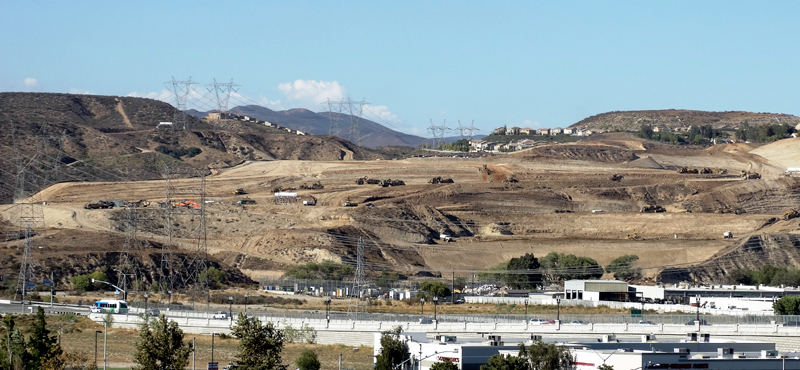

 Tweet This
Tweet This Facebook
Facebook Digg This
Digg This Bookmark
Bookmark Stumble
Stumble RSS
RSS

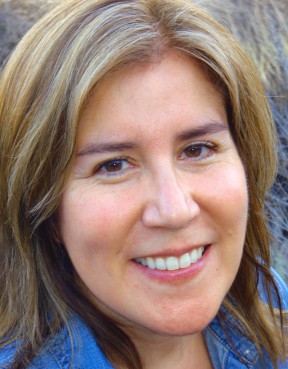

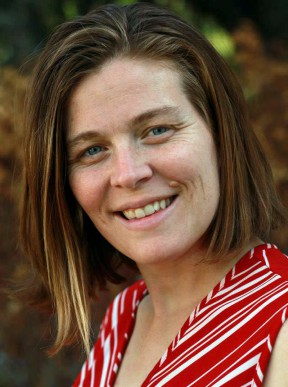
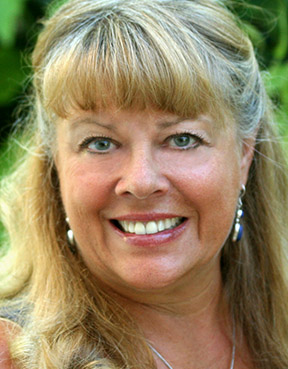

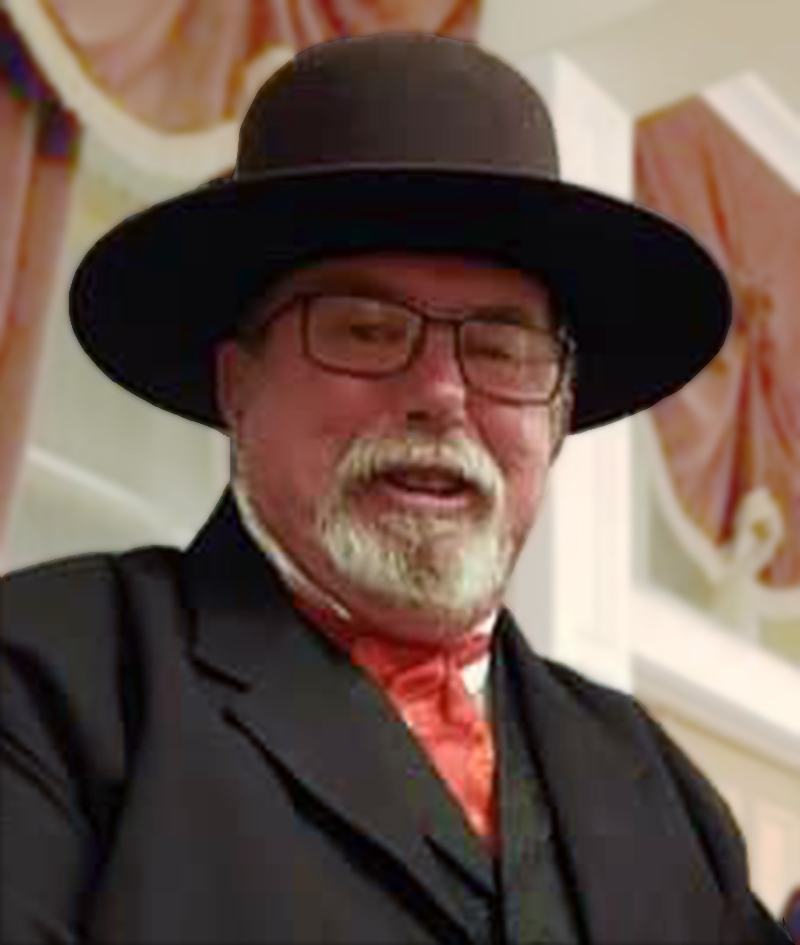





















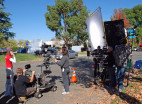
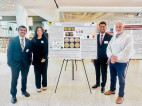

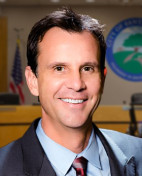






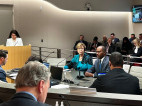

REAL NAMES ONLY: All posters must use their real individual or business name. This applies equally to Twitter account holders who use a nickname.
0 Comments
You can be the first one to leave a comment.